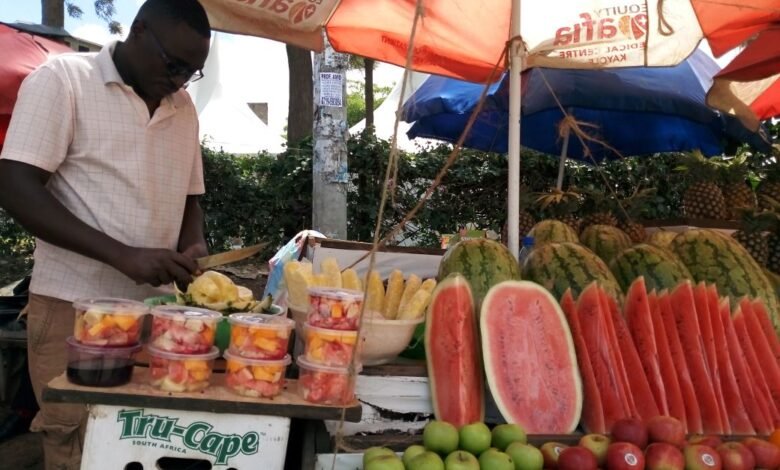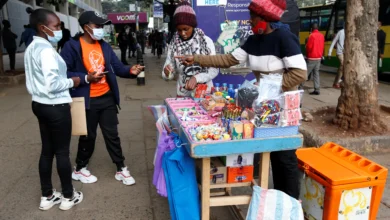
Kenya’s annual inflation rate eased to a four-year low in July, driven by a strong shilling and reduced transport prices.
According to the Kenya National Bureau of Statistics (KNBS), consumer prices rose by 4.3% in July, down from 4.6% in June.
The data, released on Wednesday may influence monetary policymakers (Central Bank of Kenya) to consider cutting interest rates during their upcoming meeting on August 6, 2024.
Since May 2022, the CBK has raised the key interest rate by 600 basis points to 13% to align inflation with the 5% midpoint of the target range.
Key Inflation Insights:
-Food and Non-Alcoholic Drinks:
Prices for food and non-alcoholic drinks, which constitute a third of the inflation basket, increased by 5.6% in July, consistent with the previous month.
Also Read: Kenya’s Inflation in May up 5.1% on Higher Food, Energy Costs
Surplus stocks of corn, the nation’s staple, are expected to help contain food inflation. According to Agriculture Principal Secretary Paul Ronoh, Kenya has about 31 million 50-kilogram bags of corn, enough to sustain the country until the next main harvest in November.
-Strong Shilling:
A 21% appreciation in the shilling has played a significant role in tempering inflation, particularly impacting transport costs.
-Transport Costs:
Transport costs saw a notable decrease, rising only 4% in July compared to 7.7% in June, following a mid-month review that reduced gasoline prices by 0.53%.
The moderation in inflation, coupled with the strong performance of the shilling and stable food prices, presents a compelling case for the central bank to potentially lower interest rates






I have been exploring for a bit for any high quality articles orr weblog posts in this kind of house .
Exploring in Yahoo I at last stumbled upon this web site.
Studying this information So i’m happy to exhihit that
I’ve a very just ight uncanny feeling I cwme upon just what I needed.
I such a lot indubitably will make ssure to do not overlook thhis web site and
give it a glance regularly. https://bookofdead34.wordpress.com/
I have been exploring for a bit for any high quality
articles or weblog posts in this kind of house . Exploring iin Yahoo
I at last stumbled uupon this web site. Studying this information So i’m
happy to exhibit that I’ve a very jujst right
uncanny feeling I came upon just what I needed.
I such a lot indubitably will make sure too
do not overlook this web site and give it a glance regularly. https://bookofdead34.wordpress.com/